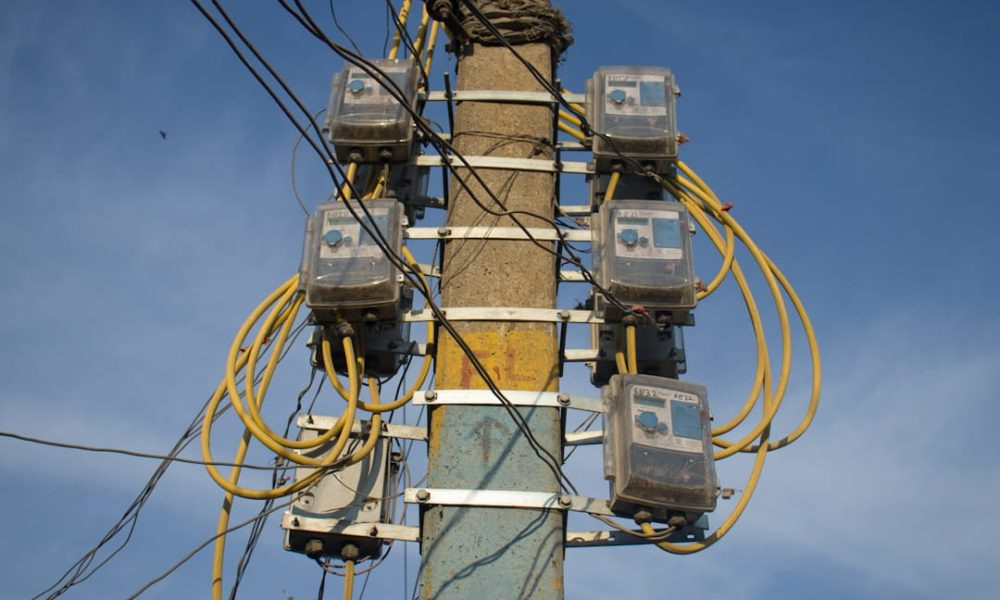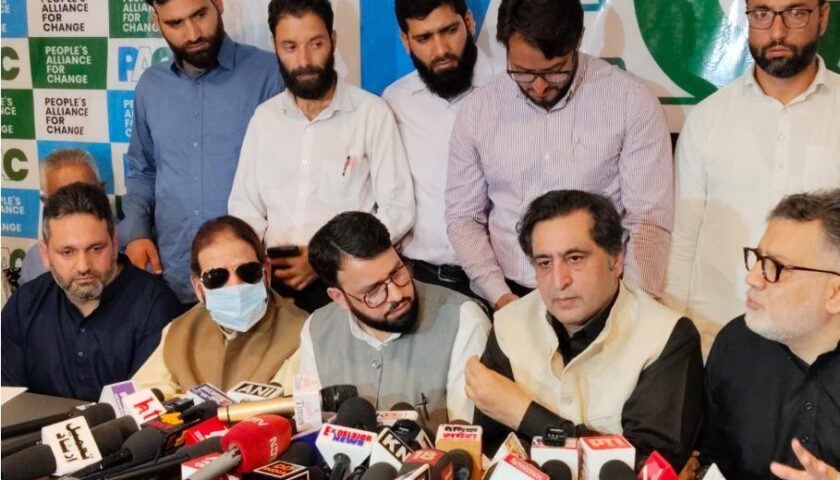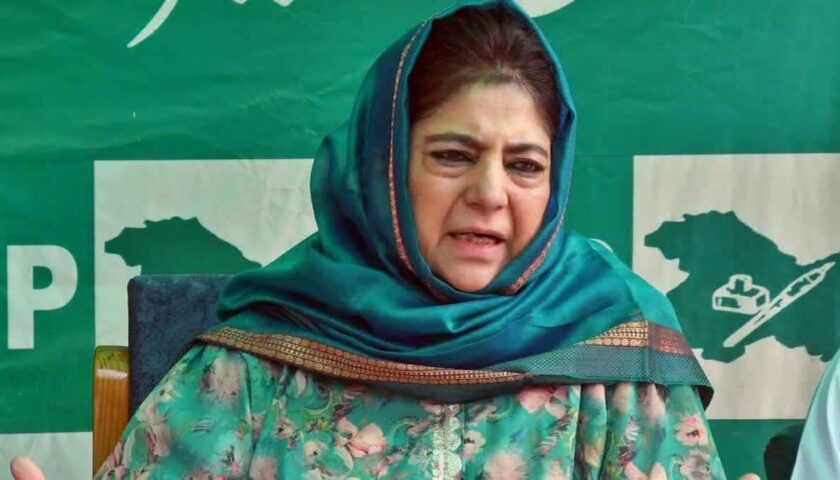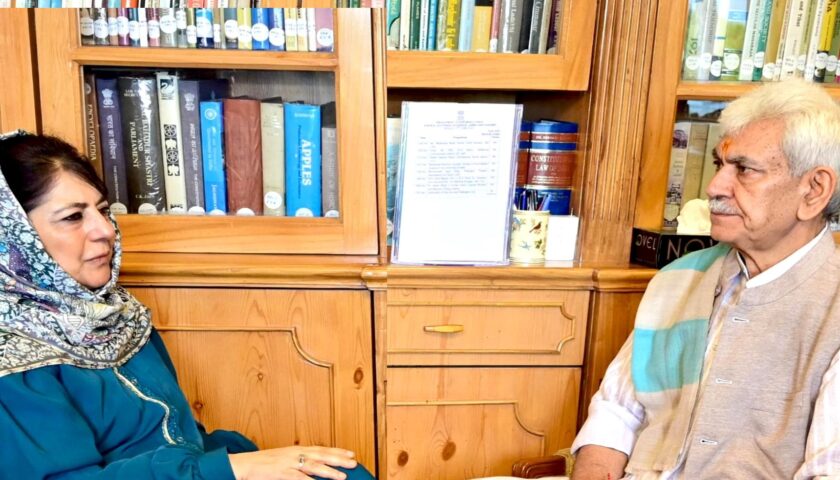J&K’s Smart Meter Gamble: 15% Loss Cut, 10% Tariff Hike
Srinagar, Aug 9: In a significant development for Jammu and Kashmir’s power sector, installing smart meters has led to improvements in revenue collection and reduction of power losses. However, high Aggregate Technical and Commercial (AT&C) losses and substantial expenditure on power purchases remain areas of concern.
According to an official government document, installing 5.74 lakh smart electricity meters has resulted in a 15 percent reduction in power losses and a 10 percent improvement in tariff realisation for the fiscal year 2023-24.
A senior Power Department official said: “Special focus was given on installing aerial bunching cables and smart meters for tracking power consumption. The installation of around 5.74 lakh smart meters impacted consumer behaviour and limited power consumption and also improved tariff revenue by about 10 percent in 2023-24. The massive expansion of transmission capacity by around 50 percent during 2019-24 has enabled the expansion of electric supply to interior villages. Gurez Valley in northern Kashmir was connected to the electricity grid. The process of installing smart pre-paid meters is underway in mission mode. There has been a successful loss-reduction of 15 percent in metered areas with 5.74 lakh smart meters installed by June 2024.”
Despite these improvements, J&K’s AT&C losses remain alarmingly high at 44 percent for 2023-24, far exceeding the national average of 15.9 percent.
A senior Power Department official highlighted this issue saying, “The AT&C losses of the J&K Power Development Department are one of the highest in the country. The present AT&C losses are of the order of 44 percent against the national average of 15.9 percent. Due to these losses, the gap between power purchase cost and revenue realisation is huge.”
However, the official expressed optimism about the ongoing efforts saying: “Smart meters and removing bare conductors has changed the revenue realisation game. The problem is that still, a large portion of the population in J&K is unmetered, which implies that losses are there. But with smart metering processing going on, we will soon be able to reduce the power losses to a bare minimum and ensure uninterrupted power supply to consumers across J&K.”
J&K’s dependence on external power sources continues to strain its financial resources. From 2012-13 to 2023-24, J&K has spent an estimated Rs 75,000 crore on power purchases from external sources. In the fiscal year 2022-23 alone, the government spent over Rs 8500 crore on electricity purchases.
A Power Development Department official explained the challenges saying: “In case of shortage, we buy power at an exorbitant rate as well. As compared to consumption (20,400 million units) in the last financial year, we are anticipating a 10 percent increase this year, which will be over 22,000 million units.”
To address the power crisis, the J&K government has set ambitious targets. An official outlined the plans saying: “We aim to double the hydropower generation capacity in the next few years from the existing capacity of 3500 MW. Five mega hydropower projects – Ratle (824 MW), Kirthai-II (930 MW), Sawalakote (1,856 MW), Dulhasti-Stage II (258 MW), and Uri-I Stage-II (240 MW) – with a total capacity of 4134 MW have been taken up for execution in collaboration with NHPC. The likely investment in these projects is Rs 34,882 crore, and upon completion, they are expected to make J&K power surplus.”
However, challenges remain. The J&K government will allocate nearly 6 percent of its annual budget for 2024-25 to power purchases, even as several hydropower projects in the region remain untapped.






